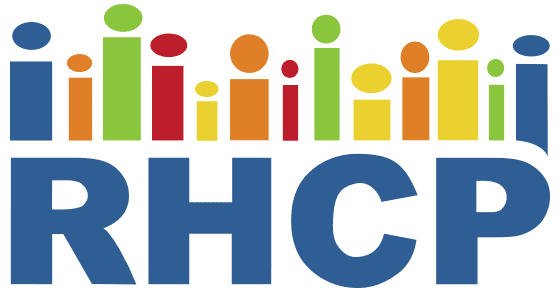Physical Activity Among Somali Men in Minnesota: Barriers, Facilitators, and Recommendations
American Journal of Men’s Health Jan 2014
A community-based participatory research (CBPR) project led by RHCP explored barriers and facilitators to physical activity among Somali men in Rochester, Minnesota. Through age-stratified focus groups and interviews with 20 participants, the study identified a range of challenges, including competing priorities like employment, embarrassment about exercise attire, unfamiliarity with gym environments, fear of harassment, high costs, limited transportation for elders, and harsh winter weather. Participants noted a decline in daily walking compared to life in Somalia, where walking was a routine part of daily activities. Despite these barriers, there was a strong awareness of the health benefits of physical activity and a desire to be active, especially when inspired by peers or supported by community networks.
Facilitators included high levels of knowledge about exercise, motivation from success stories within the community, and strong social cohesion that could support group-based activities. Participants recommended culturally sensitive programming that avoids structured classes but offers a variety of activities, including walking groups and buddy systems. They emphasized the importance of creating inclusive, low-cost opportunities that align with their daily routines and cultural norms. The study concluded that interventions should leverage existing community strengths while addressing multilevel barriers, and that early engagement after immigration is critical to sustaining healthy behaviors. These findings offer actionable insights for designing effective physical activity programs for Somali immigrant men in the U.S.
